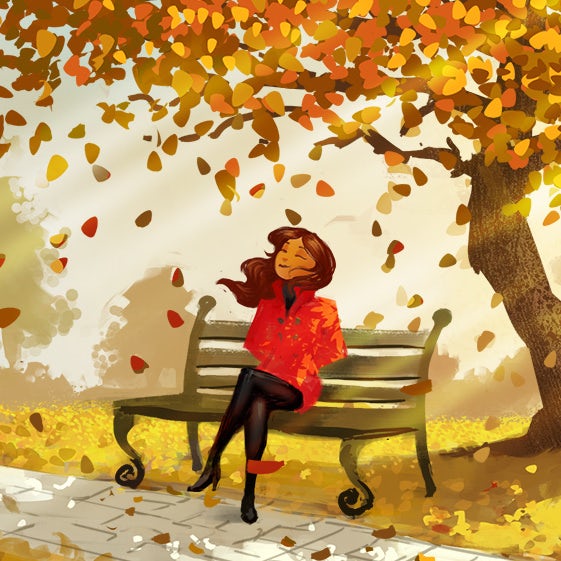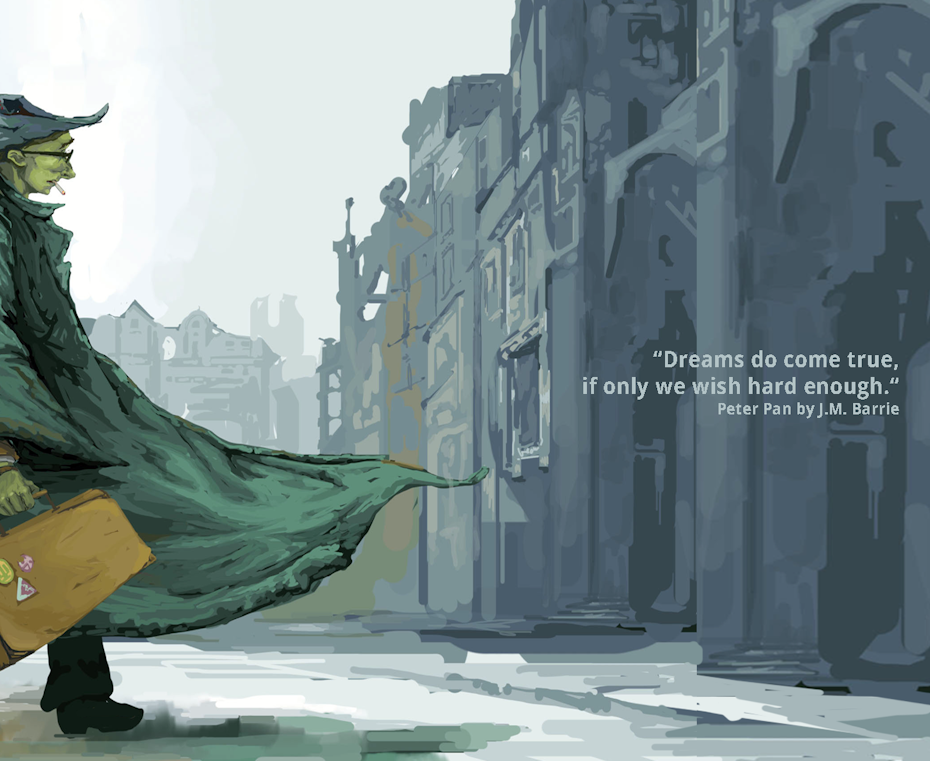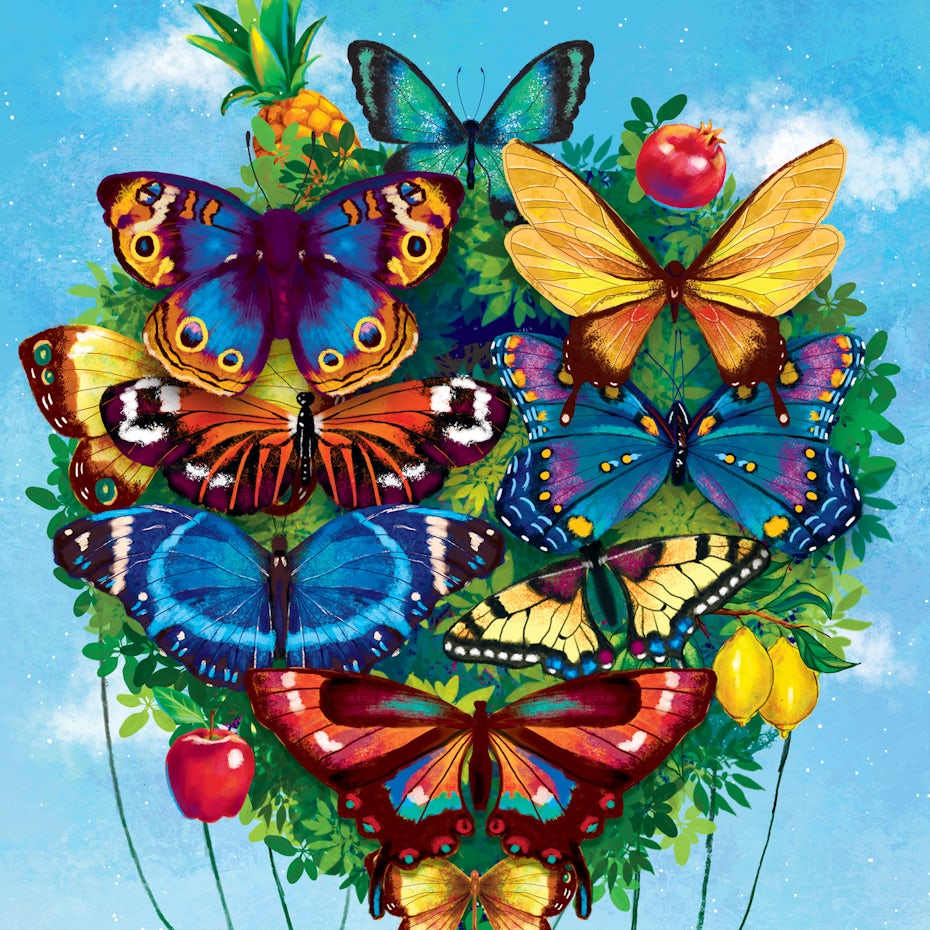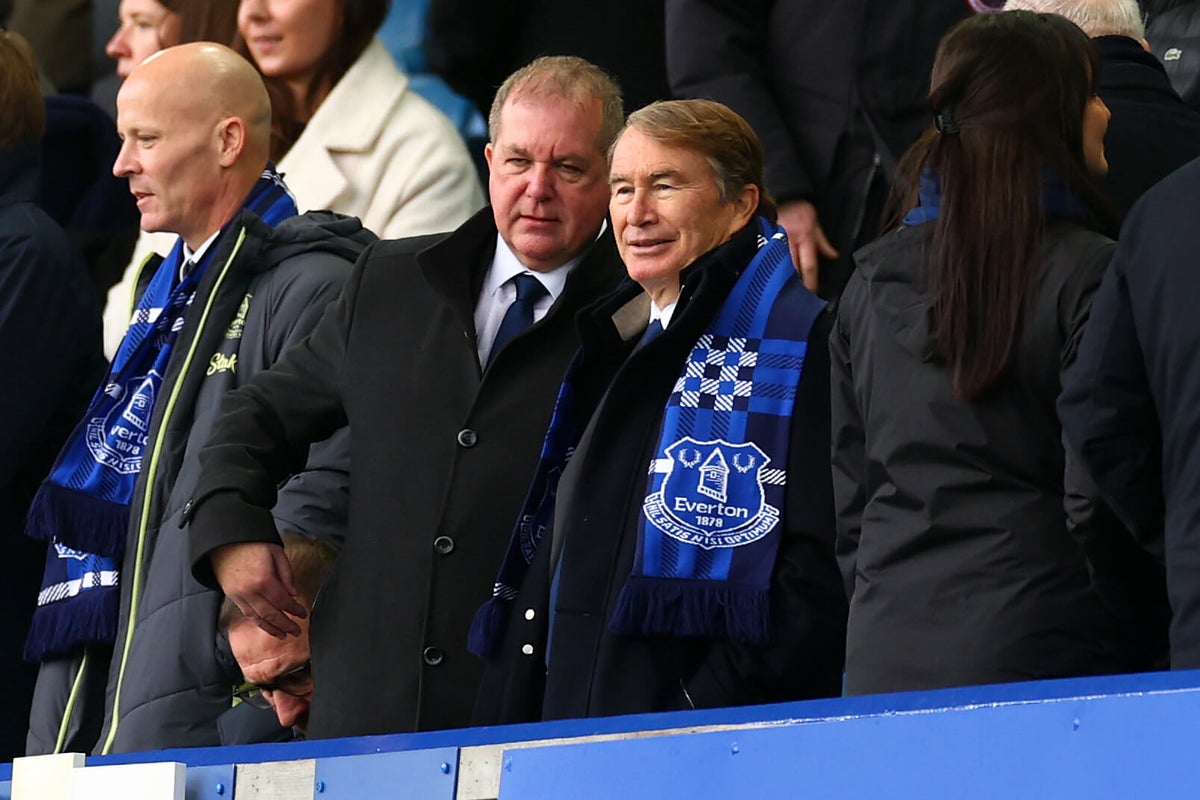You probably instinctively know there’s a relationship between colors and emotions. You might have worn red to intimidate your enemies (it works for athletes). Or painted a room pale blue to feel calm. Maybe you dyed your hair black as a teenager to evoke gloomy, existential angst and inner turmoil (or to anger your parents). There’s even a term, “dopamine dressing,” to describe the mood-boosting benefits of wearing certain colors.
“Color is closely associated with emotions,” London College of Fashion lecturer Maria Costantino told Harper’s Bazaar. “It colors our language—we say we are ‘feeling blue,’ ‘seeing red,’ ‘green with envy’ or ‘in the pink.’”
But how we react to different colors isn’t always black and white (see what we did there?). It often depends on our psychology, biological conditioning and cultural background.

Designers and brand owners need to understand the basics of color theory, color symbolism and the psychology of color to communicate effectively to their audience. Up to 90% of people base their first impressions of a product on color alone. And the wrong colors could send the wrong message—like using white to convey freshness in a culture where it represents death.
Basically, color matters!
So, let’s look at how different groups of colors make us feel, then see how individual colors can be used to evoke specific emotions.
Warm and cool colors
—
The way we respond to color depends on its brightness, shade or tint, and whether it’s cool or warm-toned. There’s a subtle but important difference between fiery red and earth red, right?
But with so many colors to choose from, where do you start? Narrowing them down to categories can help.
Warm colors—red, orange and yellow
Red, orange and yellow are all warm colors and are generally thought to evoke feelings of happiness, optimism, energy and passion. Yellow-y sunshine might lift your mood, while red roses might get you in the mood.
Warm colors also rev you up! They can signal danger or make you take action, like the color of stop signs, caution tape or the agitated faces of disgruntled airline passengers. Red can even make you hungry, which is why it’s a favorite with fast food chains.
Cool colors—green, blue and purple
Green, blue and purple are cool colors; they can be seen as calming, soothing, nurturing, subdued or even sad (e.g., blues music, the “baby blues” or Picasso’s Blue Period). They’re often popular with brands promoting health, beauty or security.

Colors and emotions: a quick guide
—
Happy colors—yellow, orange, pink, red, peach, light pink and lilac
Happy colors are usually thought to be bright, warm shades, like yellow, orange, pink and red, or pastels, like peach, light pink and lilac. The brighter and lighter the color, the happier and more optimistic it can make you feel. Combining lots of colors together can feel joyful and exuberant, like the Holi festival, or maybe a little chaotic and overwhelming, like an overcrowded city street.
Sad colors—gray, brown, beige and dark blue
Sad colors are usually dark, muted and neutral, such as gray, brown, beige and certain shades of blue and green. In Western cultures, black is often considered the color of mourning, whereas in some East Asian countries, it’s white.

Calming colors—blue, green, baby blue, lilac, mint, white and gray
Want to chill out? Turn to cool colors, like blue and green, cool-toned pastels like baby blue, lilac and mint, and neutral tones, like white and gray. Pared-back designs that use fewer colors tend to be more calming.
Energizing colors—bright red, yellow, neon green, turquoise, magenta and emerald green
Want to get fired up? Strong, bright, highly pigmented and neon colors can have an energizing effect on our emotions. They’re bold and stand out from their surroundings, which is why they can make us feel that way too.


How different colors make us feel
—
Let’s dive into the colors and emotions.
Red—passionate, energetic, angry, dangerous, lucky
Red makes you feel passionate and energized. It’s often associated with passion and love, as well as anger and danger (there’s a thin line between love and hate, after all). In China and other East Asian cultures, red is associated with joy and good luck, which is why it’s the color of the Lunar New Year.
Orange—energetic, enthusiastic, lively, happy
Orange is an energetic attention-grabber, like red, but isn’t as overpowering. It’s inviting and cheerful, and a popular option for brands asking their audience to take action—like “buy this product!” or “sign up for this newsletter!”—but in a fun, friendly way.
Yellow—happy, spontaneous, cheerful, optimistic
Yellow is reminiscent of sunshine and smiley faces and is often used to make people feel positive. It’s flamboyant and joyful. Think twice about using too much yellow in your design because it reflects a lot of light and can be a bit hard on the eyes.
Green—fresh, balanced, calm
Green can make you feel optimistic, refreshed or relaxed, probably because of its association with nature. Green is easy on the eyes and can be used to create balance in a design. It’s a great color for brands that want to depict growth (in the US, especially, where money is green), security or inspire possibility (i.e., you’ve got the green light to go!).
Blue—secure, relaxed, spiritual, calm, cold
Blue is the “king of colors,” as we’ve mentioned in our article “Logo colors: what’s best for your brand?” It evokes feelings of calm and trustworthiness, which is why it’s a favorite with big corporations (Twitter, Facebook and LinkedIn, to name a few). It also appears in more than half of all logo designs.
Dark blue is popular with corporations because it feels so safe and professional. But using too much blue can feel cold and disengaged. Light blues are considered more relaxing and friendly.
Purple—creative, mysterious, royal, luxurious
Purple is associated with mystery, creativity, royalty and wealth, a combination that might explain its popularity in the cryptocurrency industry. Lighter shades of purple are often used to soothe or calm, so it’s a favorite with health and beauty brands.
Pink—playful, romantic, tender, cute, fun
Traditionally, pink evokes romance, sweetness and tenderness. It can often make us feel playful or romantic. But pink can also be modern, like millennial pink, or outrageous, showy and even rebellious, like hot pink.
Brown—warm, grounded, practical, comforted
Brown creates a sense of stability, comfort and support (much like your morning coffee). It’s warm and friendly, practical and dependable, and can also represent the old-fashioned, vintage or well-established.
Black—sophisticated, classic, serious
Black evokes power, luxury and elegance, but can also stand for professionalism, neutrality and simplicity, like Steve Jobs’ ever-present black turtleneck or the “little black dress.” It can feel bold, powerful and mysterious, like “black magic,” Darth Vader’s all-black ensemble or the black robes of a Japanese ninja (at least in popular media). In certain contexts and cultures, the color black can also refer to mourning or sadness.
White—simple, peaceful, elegant, cold
Using a lot of white in design creates a minimalist aesthetic—fresh and comforting in its simplicity. In many cultures, white refers to innocence or peacefulness (think baby clothes and white doves). Too much white can feel cold, impersonal and overly sanitized, like a blindingly white hospital ward. In Eastern cultures, white is worn at funerals.
Gray—serious, professional, reliable
Gray can be seen as a mature, responsible or neutral color, which is why you might feel super-professional and reliable wearing a gray suit to work instead of bright orange. Gray is sometimes seen as a lighter, less formal alternative to black. On the other hand, it can also be seen as indecisive, conventional and (alas) boring.
Colors and emotions are inextricably linked
—
Whether you’re designing a logo, building a brand, or putting together the perfect revenge outfit for your school reunion, remember that colors can change how you feel and how others perceive you. Colors can be subjective, too: a neon yellow logo that makes one person happy might give another person a headache. So choose carefully, and always ask for help from an expert if you need it!
Need an email, website or infographic designed?
Our designers can help you create just about anything.
This article was originally written by Allison S. Gremillion and published in 2019. It has been updated with new examples and information.







Leave a Reply